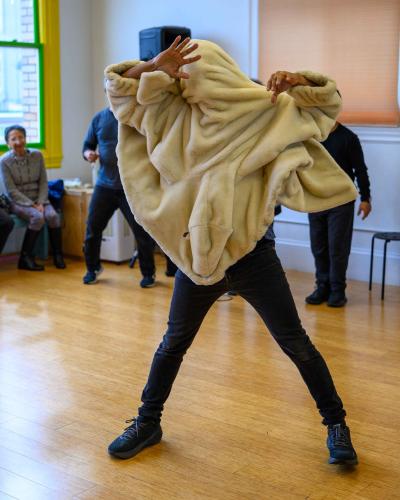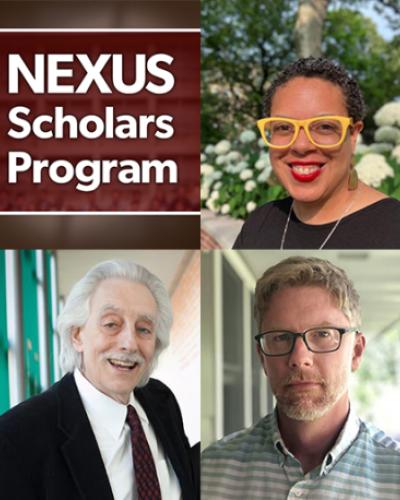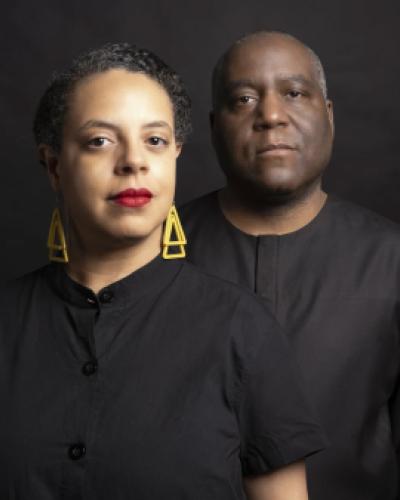There isn’t one unified Asian American vision of California, argues Christine Bacareza Balance, associate professor of Performing and Media Arts in the College of Arts and Sciences, in “California Dreaming: Movement and Place in the Asian American Imaginary,” a new multi-genre collection she co-edited.
The 27 pieces in “California Dreaming” – including essays, short stories, script excerpts, visual art and poems, collected and edited over the past 10 years – present California as an “archipelago” of different places and identities, said Balance, who’s also director of Cornell’s Asian American Studies program.
For Filipina American historian Dawn Mabalon, Asian American culture in the Golden State is best expressed through an essay about her family’s recipe for the pastry binangkal. For creative writer Karen Yamashita, this intersection of place and identity emerges as a screenplay for a TV comedy set in suburban Los Angeles. And for Thai American playwright Prince Gomolvilas, Asian American experience clashes with Hollywood in a critical review of the film “21.”
These disparate perspectives “require us to go beyond the myths and popular cultural tropes of California – Malibu Barbie, Hollywood starlets, San Francisco hippies, San Diego military bases – in order to take in the various other sides of the Golden State and its inhabitants,” Balance writes in her introduction to the book.
Through the stories of Asian immigrants and Asian Americans, the pieces in this collection introduce the reader to unique and personal spaces: “the backyards and kitchens of the Central Valley, the strip malls of suburban Chinatowns, the bedrooms of Orange County.”
“California Dreaming” was inspired and developed through a series of in-person colloquia, in 2010 and 2011, organized by Balance and collaborator Lucy Mae San Pablo Burns, associate professor of Asian American Studies at the University of California, Los Angeles, and funded by the University of California’s Humanities Research Institute. Both scholars have strong connections to the arts and to California.
Balance said they intend for the collection to broaden how the field of Asian American studies is defined and imagined.
“People often think of Asian American studies as California-centric,” Balance said, adding that this notion emphasizes a certain historical period – the 1960s and 1970s – and fails to account for newer communities. Additionally, many place-based studies in the field have not centered arts and culture in their analyses.
As co-editor, Balance helped to arrange the entries thematically, she said, mingling the scholarly and the artistic.
The pieces include a comedy routine, “Tips for Bus Riding in Los Angeles,” by performance artist Kristina Wong; poems set in Fresno by Hmong American poet Mai Der Vang; and profiles of Cambodian and Vietnamese visual artists who connect Southern California with Southeast Asia.
In the book’s introduction, Balance points out that “knowledge production,” particularly in the field of Asian American studies, takes place not only in universities, museums, music venues and other institutions, but also behind the scenes of scholars’ and artists’ lives – “in cars and on buses, while cruising through Griffith Park, on family visits to mosques and hikes through Yosemite National Park.”
Balance said she hopes readers take away an understanding that there can be an organic relationship between artists and scholars, and that members of both groups can work with and be inspired by each other.
“Artists and scholars – if we aren’t already talking with each other, we should be,” she said. “We have a lot to learn from each other.”





